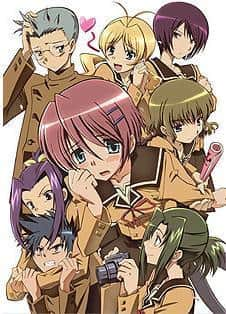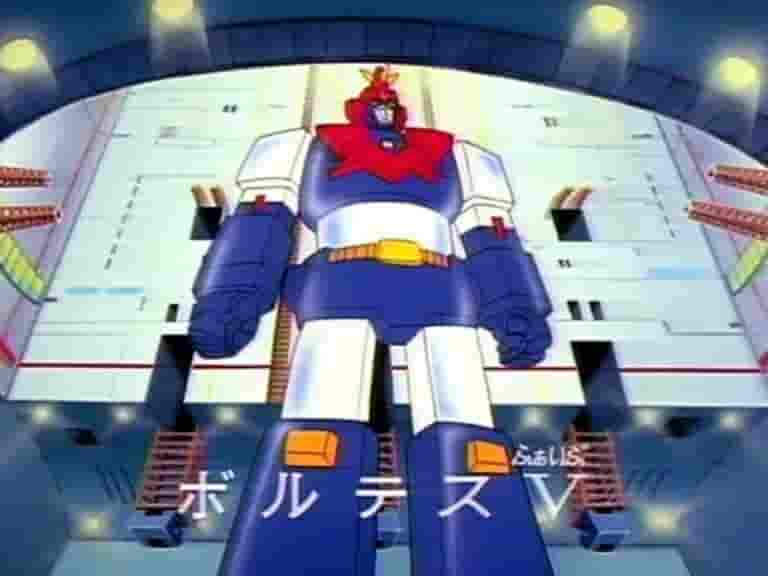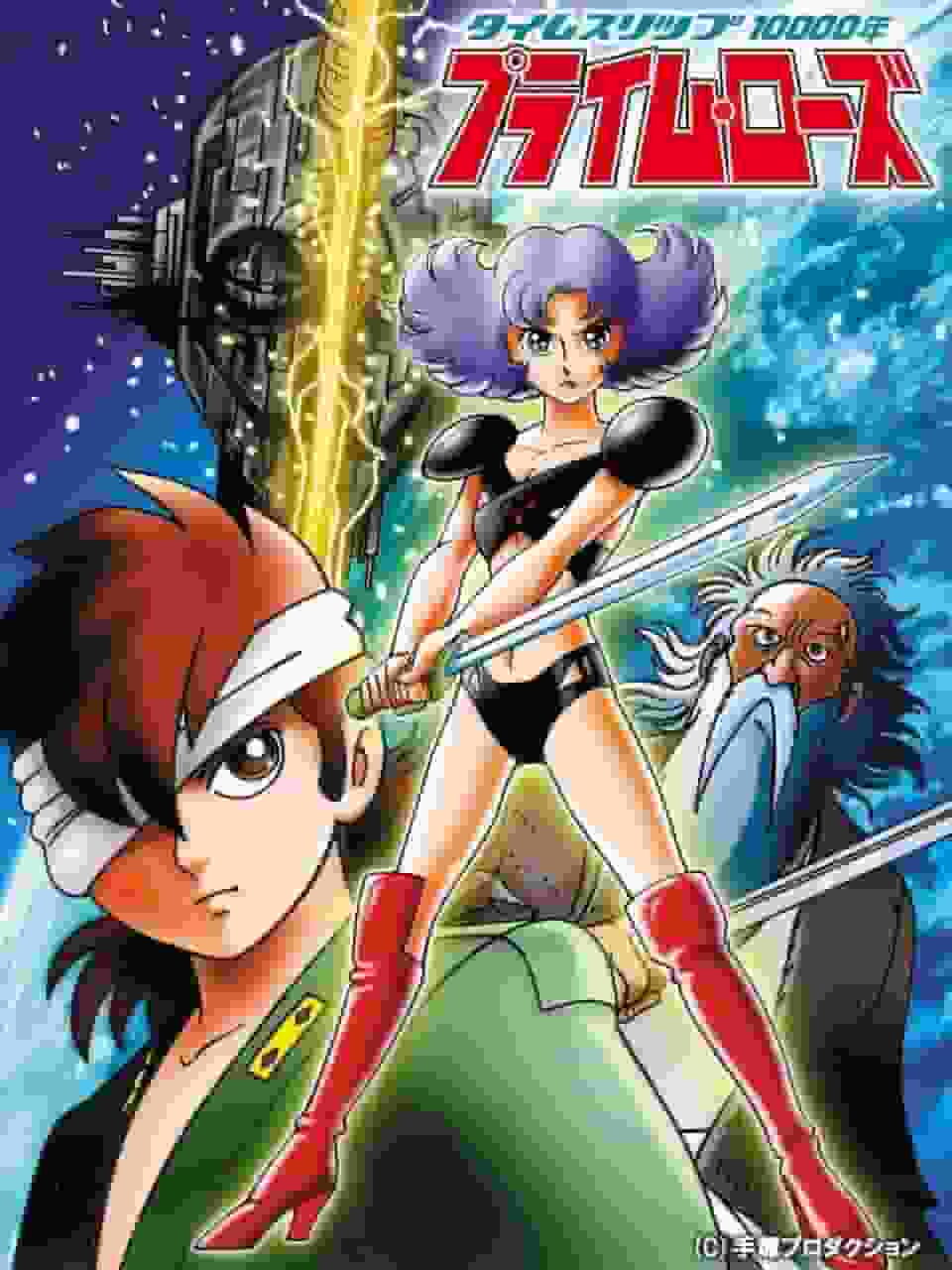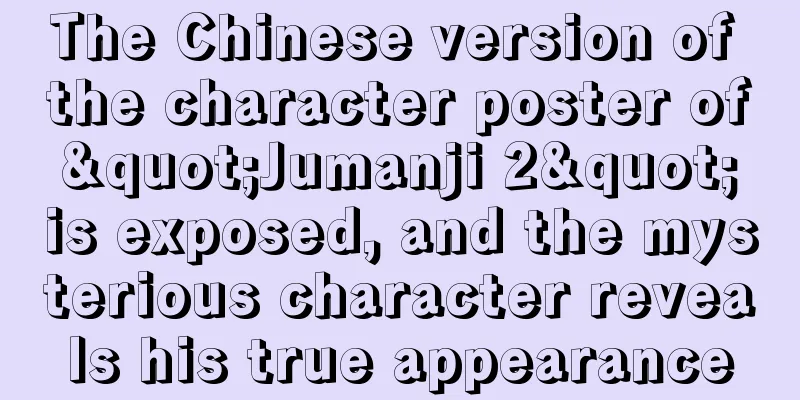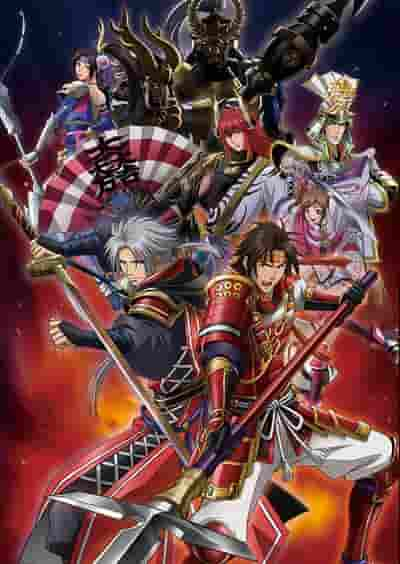Review of "Hinomaru Taro: Musha Shugyo": A fusion of tradition and adventure
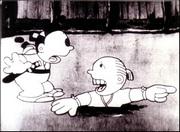
"Hinomaru Taro: Musha Shugyo": A work that marks the dawn of Japanese animationIn 1936, a work that will leave its mark on the history of Japanese animation was born: Hinomaru Taro: Musha Shugyo. This work can be said to be a symbol of how animation was accepted and developed in the prewar Japanese film industry. In this article, we will delve deeper into the details and evaluation of this work, as well as its background and influence. Overview
story"Hinomaru Taro: Musha Shugyo" is a story about the protagonist, Hinomaru Taro, who embarks on various adventures as he travels around Japan. With the samurai spirit in mind, Taro faces difficulties and grows as a person. Although each story is self-contained, it also plays a role in introducing the climate and culture of Japan through Taro's journey. BackgroundThis work was produced by the film department of Sanko Shokai. Sanko Shokai was one of the companies that focused on film production in prewar Japan, and "Hinomaru Taro: Musha Shugyo" is particularly noteworthy as an animation work produced by the film department. At the time, animation was still a new medium in Japan, and many attempts were being made to explore its possibilities. This work can be considered as part of that effort. Animation TechnologyConsidering the historical background of 1936, the animation technology in "Hinomaru Taro: Musha Shugyo" can be said to be extremely advanced. At the time, hand-drawn cel animation was the norm, but this work also makes full use of this technology. In particular, the depiction of Taro's movements and expressions is drawn with meticulous attention to detail, enhancing its visual appeal. Additionally, the background art also realistically reproduces Japanese scenery, enhancing the texture of the work as a whole. Music and SoundMusic and sound are also important elements that enhance the appeal of this work. Live music was the norm in prewar Japanese films, but this work uses recorded music. In particular, the Japanese-style melodies that color Taro's journey have the effect of making the viewer feel the Japanese culture. Furthermore, the sound effects are also reproduced realistically, enhancing the sense of realism of the story. Evaluation and impact"Hinomaru Taro: Musha Shugyo" was highly praised in the Japanese film industry at the time. It was especially popular among children, and the story's educational elements were well received. This work also became one of the catalysts that helped Japanese animation to spread around the world. It can be said that it had a major impact on the development of Japanese animation after the war. Detailed analysis of the workThe story of "Hinomaru Taro: Musha Shugyo" is simple, with Taro embarking on various adventures as he travels around Japan, but it also contains deep themes. Taro's journey embodies the samurai spirit, and depicts him overcoming difficulties and growing. This reflects the values sought by Japanese society at the time. The scenery and culture of the various places Taro visits also serve to convey the beauty and diversity of Japan. In the animation, Taro's movements and facial expressions are depicted in great detail, enhancing the visual appeal. In particular, the scenes in which Taro wields his sword and when he faces difficulties are depicted with powerful movements that leave a strong impression on the viewer. Furthermore, the background art also realistically reproduces Japanese landscapes, enhancing the texture of the entire work. These drawing techniques exceeded the standards of Japanese animation at the time, and had a major impact on later animation works. The music and sound are also important elements that enhance the appeal of this work. In particular, the Japanese-style melodies that color Taro's journey have the effect of making the viewer feel the Japanese culture. The sound effects are also realistically reproduced, enhancing the sense of realism of the story. This music and sound help the viewer to become immersed in the story and enhance the texture of the work as a whole. Work evaluation and recommendation"Hinomaru Taro: Musha Shugyo" is highly regarded as a work that colored the dawn of prewar Japanese animation. It was especially popular with children, and the story's educational elements were well received. This work also became one of the catalysts that helped Japanese animation to spread around the world. It can be said that it had a major impact on the development of postwar Japanese animation. The reasons why I recommend this work are as follows:
"Hinomaru Taro: Musha Shugyo" is a work that should be reevaluated as a work that colors the dawn of prewar Japanese animation. We highly recommend this work for its story that introduces the Japanese climate and culture, its meticulous drawing techniques, Japanese-style melodies and realistic sound effects, and its influence on the later development of Japanese animation. Through this work, viewers will be able to gain a deeper understanding of the appeal and background of prewar Japanese animation. |
<<: Review of "Monkey Service": A unique world view and charming characters
Recommend
A British actor born in the 1990s took on the role of Batman? DC: We haven't finished the script yet
According to foreign media reports, there have be...
The main visual image of the third season of "Dr. Stone" is released. Senku solves the mystery of petrification
Fans who are looking forward to the third season ...
A thorough analysis of the appeal and emotion of the movie "Soreike! Anpanman Tsukikoto Shiratama ~Tokimeki Dancing~"!
Detailed review and recommendation of the movie &...
The appeal and reviews of "Nanohana": A fusion of a moving story and beautiful images
The appeal and evaluation of "Nanohana"...
B-PROJECT ~Zecchou*Emotion~ Season 2: A thorough evaluation of rising expectations and the evolved story development
B-PROJECT ~Zecchou * Emotion~ Season 2 Review and...
Uchitama?! ~Do you know my Tama?~ - Appeal and reviews: A must-see anime for cat lovers
The appeal and evaluation of "Uchitama?! ~Ha...
"Kogukutsuite": A thorough analysis of the moving story born from NHK's famous song
"Wooden Boots" - A historical masterpie...
So beautiful! Black Widow made a sexy appearance at the Avengers 4 fan meeting in the UK
"Avengers 4" will be released in the UK...
The actor of "Night King" in "Game of Thrones" actually supports "Arya" to assassinate him
The third episode of Game of Thrones Season 8 air...
"Super Mario Bros. Movie" will be released on B-Battle date to be determined
Today (June 28), according to the B station page,...
The fourth season of the TV animation "Bungo Stray Dogs" released a new CV and visual image
The official TV anime of the same name, based on ...
"Weathering With You" review: Beautiful visuals and a moving story
"Weathering With You" - Makoto Shinkai&...
The full list of the 92nd Oscars: "Parasite" Best Picture, "Joker" Best Actor
Today (February 10), the 92nd Academy Awards were...
The main art of the second season of the TV animation "The Promised Neverland" was released and it was confirmed that it would be broadcast every Thursday in January 21
The official announcement of the popular horror d...
The appeal and reviews of Ekubo Ouji [Season 1]: A deep story and the appeal of its characters
A full review and recommendation of the first sea...

